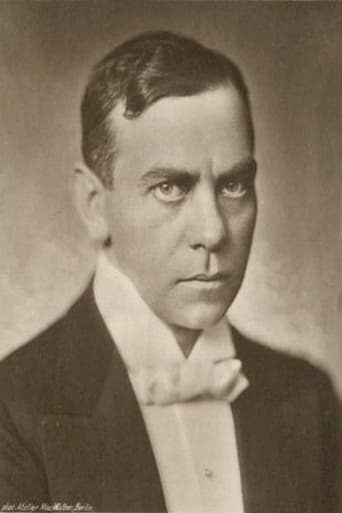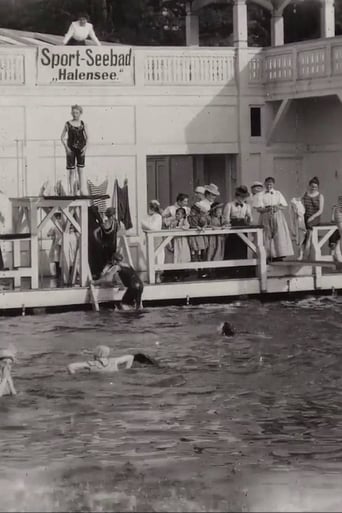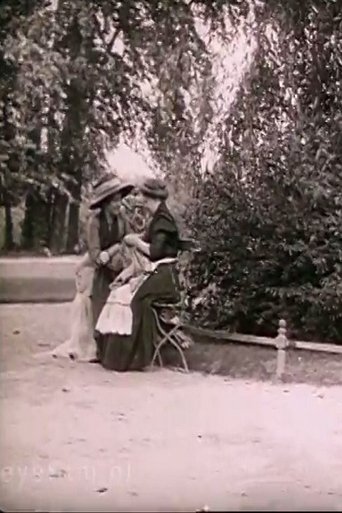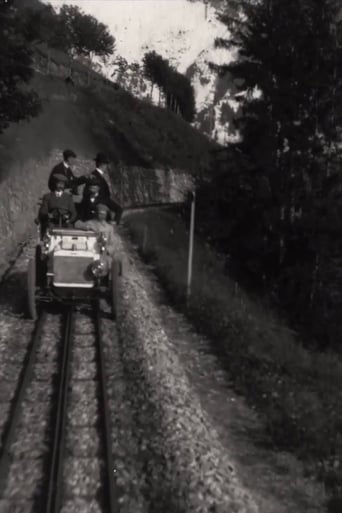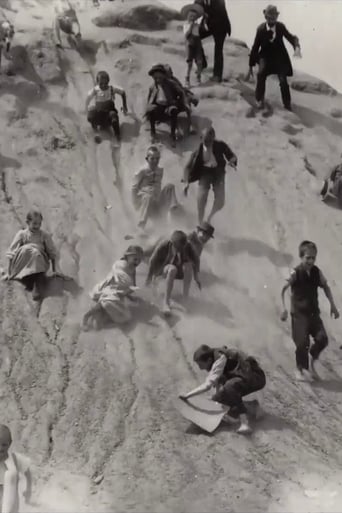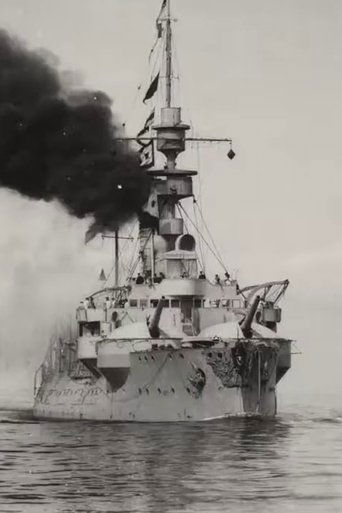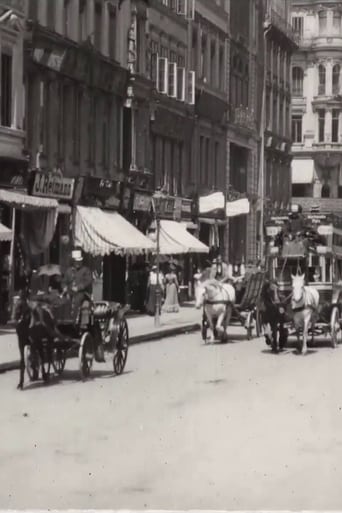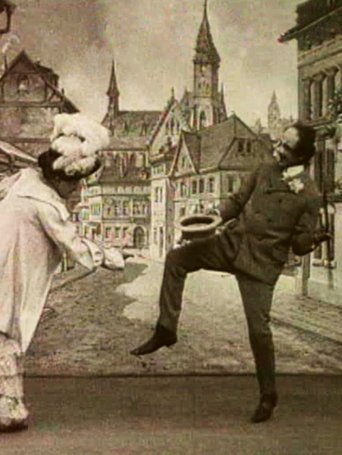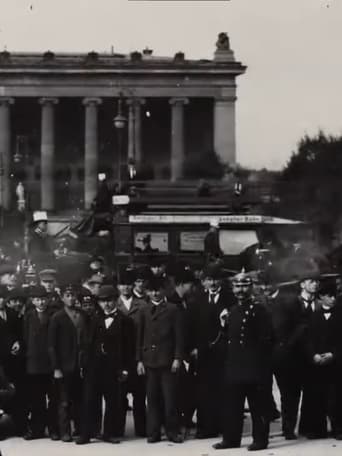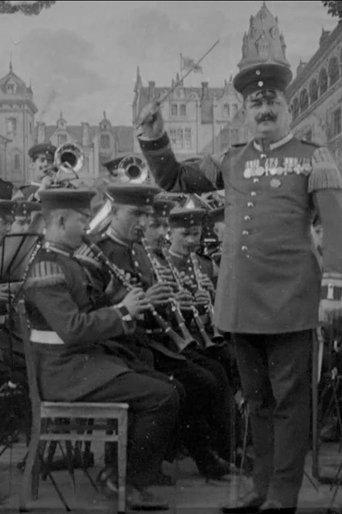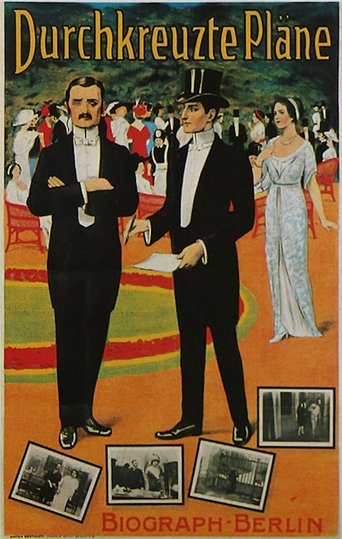Deutsche Mutoskop und Biograph
Arthur Imhoff 1916
At the age of 50, the surgeon Privy Councillor Professor Imhoff marries the young, beautiful but poor orphan Annie von Arenberg. On the wedding day, the professor's students put on a ceremonial procession. Annie falls in love with the student speaker Baron Bernfeld. After a few months, she leaves her husband for him. Although the professor can hardly bear the defeat, he does not take revenge, but saves her new young lover's life during a complicated surgical operation.
Der Prozeß Hauers 1918
Between Evening and Morning 1923
A traumatized man returning home from war discovers that his wife has slipped into the underclass.
What Belongs to Darkness 1922
What Belongs to Darkness (German: Die Finsternis und ihr Eigentum) is a 1922 German silent drama film directed by Martin Hartwig and starring Karl Etlinger, Erra Bognar, and Fritz Kortner. The film's sets were designed by the art director Alfred Columbus.
In a German Bath 1899
Women bathing in a german bath.
Christmas Tears 1910
A woman's inattention results in her daughter's being run over and killed. Grief and guilt drive her mad.
Captain Deasy's Daring Drive, Descent 1903
Filmed on a mountain railway from Caux to Rochers de Naye, Switzerland. Originally filmed in 68mm. The film was advertised as being available in 'standard Edison gauge' (35mm) at a total length of 620ft, which included both ascent and descent. The surviving combined 35mm footage (from 68mm originals) equals 519ft.
Fun on a Sand Hill 1899
A very amusing picture, showing a crowd of children and old folks disporting on a sand hill in one of the big public parks of Berlin. This picture is one of the "hits" of the Biograph.
The Battleship 'Odin' 1900
A German warship.
The Flying Train 1902
The Flying Train depicts a ride on a suspended railway. The footage is almost as impressive as the feat of engineering it captures. For many years our curators believed our Mutoscope rolls were slightly shrunken 70mm film, but they were actually shot on Biograph’s proprietary 68mm stock. Formats like Biograph’s 68mm and Fox’s 70mm Grandeur are of particular interest to researchers visiting the Film Study Center because the large image area affords stunning visual clarity and quality, especially compared to the more standard 35mm or 16mm stocks.
Der flotte Bursche 1908
Only the visual elements are known to survive from this 1908 recording of a duet from Franz von Suppe's early one-act operetta. As is usual with these recordings, the principal performers take center stage, face the camera directly, and let fly. There are other cast members in the background, providing a drunken chorus.
The Highway 1913
Prison break. A murderer seeks refuge inside a barn.
In the Friedrichstrasse 1899
The busy Frederick Street in Berlin.
Um den Bruchteil einer Sekunde 1920
A dancer obtains the pardon of a conspirator.
Captain Deasy's Daring Drive, Ascent 1903
Filmed on a mountain railway from Caux to Rochers de Naye, Switzerland. Originally filmed in 68mm. The film was advertised as being available in 'standard Edison gauge' (35mm) at a total length of 620ft, which included both ascent and descent. The surviving combined 35mm footage (from 68mm originals) equals 519ft.
Die Macht des Walzers 1907
In the first scene, a gentleman invites a lady to a ball, in the second they are dancing after the ball in a restaurant - slightly drunk - with the resulting consequences for the restaurant.
Bi-centennial Jubilee Parade 1902
A splendid view of the color companies of the Gardes Regiments passing in review before Emperor William and his royal guests in front of the Zeughaus, Berlin, on the occasion of the 200th anniversary of the foundation of the Kingdom of Prussia.
Flottenmarsch 1908
German Tonbild.
